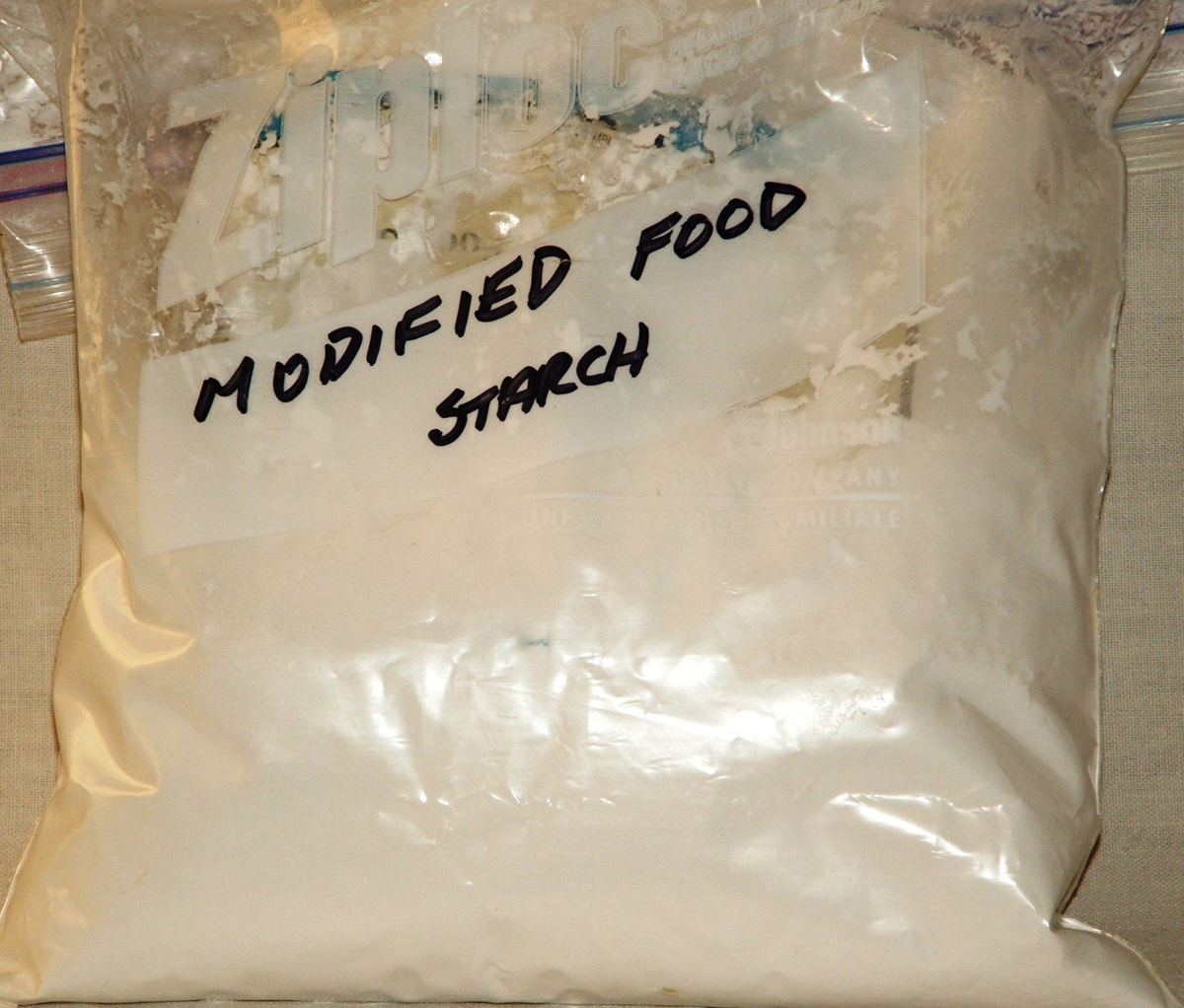
Processed foods are usually full of additives and preservatives. Additives are chemicals added to food to maintain the high quality of food, prevent it from spoiling, and add color or texture, increase flavor and more. In the United States, more than 14,000 synthetically prepared chemicals are considered additives, and can be added to foods for various reasons. Most of the additives are synthetic compounds and some of them are already known for their negative health effects. However, the real danger lies in unknown long-term consequences of consuming large amounts of additives. Foods available on the market are saturated with additives and for the most of them there are ongoing studies about possible side–effects.
Food additives to avoid
Here are some of the most hazardous food additives:
Allura Red AC, known as E129, is a food coloring additive commonly found in snacks, sauces, preserves, soups, wine, cider and other products. People suffering from asthma, rhinitis or urticaria should avoid this additive.
Amaranth, known as E123, used for food coloring in wine, spirits and fish roe is banned in the United States. It is especially harmful for people suffering from asthma, rhinitis, urticaria or other allergies.
Benzoic acid, known as E210, used as a preservative in drinks, low sugar products, cereals, and meat products. This additive can temporarily inhibit the function of digestive enzymes and deplete glycine levels. People suffering from asthma, rhinitis, allergies or urticaria should avoid this additive.
Brilliant Black BN, known as E151, is used in drinks, sauces, snacks, wines, cheese, etc. People suffering from asthma, rhinitis, allergies or urticaria should avoid this additive.
Butylated Hydroxy-anisole, known as E320, is a preservative used in fat-containing foods, confectionery and meats. This additive is possibly carcinogenic to humans.
Calcium benzoate, known as E213, used in many foods, including drinks, low-sugar products, cereals, meat products, can temporarily inhibit function of digestive enzymes and may deplete levels of the amino acid glycine. People suffering from asthma, rhinitis, allergies or urticaria should avoid this additive.
Calcium sulphite, known as E226, is used to make products look fresh. In the United States sulphites are banned from many foods as they can cause bronchial problems, flushing, low blood pressure, tingling, and anaphylactic shock.
Monosodium glutamate (MSG), known as E621, is a flavor enhancer known to cause pressure on the head, seizures, chest pains, headache, nausea, burning sensations, and tightness of face.
Ponceau 4R, Conchineal Red A, known as E124, is a food coloring additive that may worsen allergic and asthma symptoms.
Potassium nitrate, E249, is used as a preservative in cured meats and canned meat products. This additive can lower oxygen-carrying capacity of the blood. Combined with other substances it may be carcinogenic and affect negatively adrenal gland.
Saccharin and its Na, K and Ca salts, known as E954, used as an artificial sweetener, is possibly carcinogenic to humans.
Stannous chloride, E512, is an antioxidant and color-retention agent used in canned and bottled foods. It is responsible for acute poisoning in concentrations greater than 250mg per liter.
Tartrazine, known as E102, is a yellow food coloring associated with allergic reactions and asthmatic attacks. It is also responsible for hyperactivity disorder in children.
Making a good choice
To protect from hazardous effect of additives one should always read the labels to check for the presence of dangerous additives in the food. One should always choose organic fruit and vegetables and try to use non-processed foods. It is recommended to choose fruits and vegetables in season and always wash or peel non-organic products.






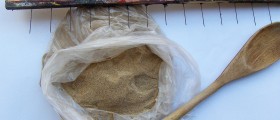

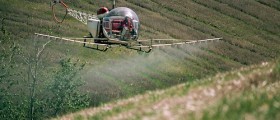
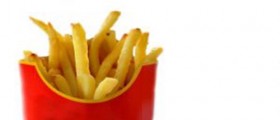



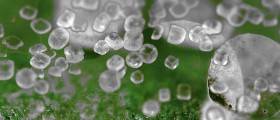

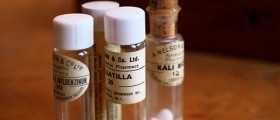
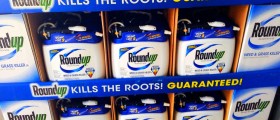
Your thoughts on this
Loading...